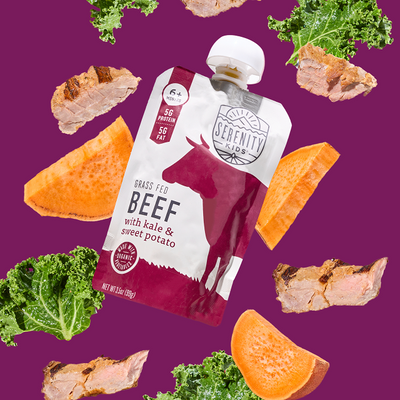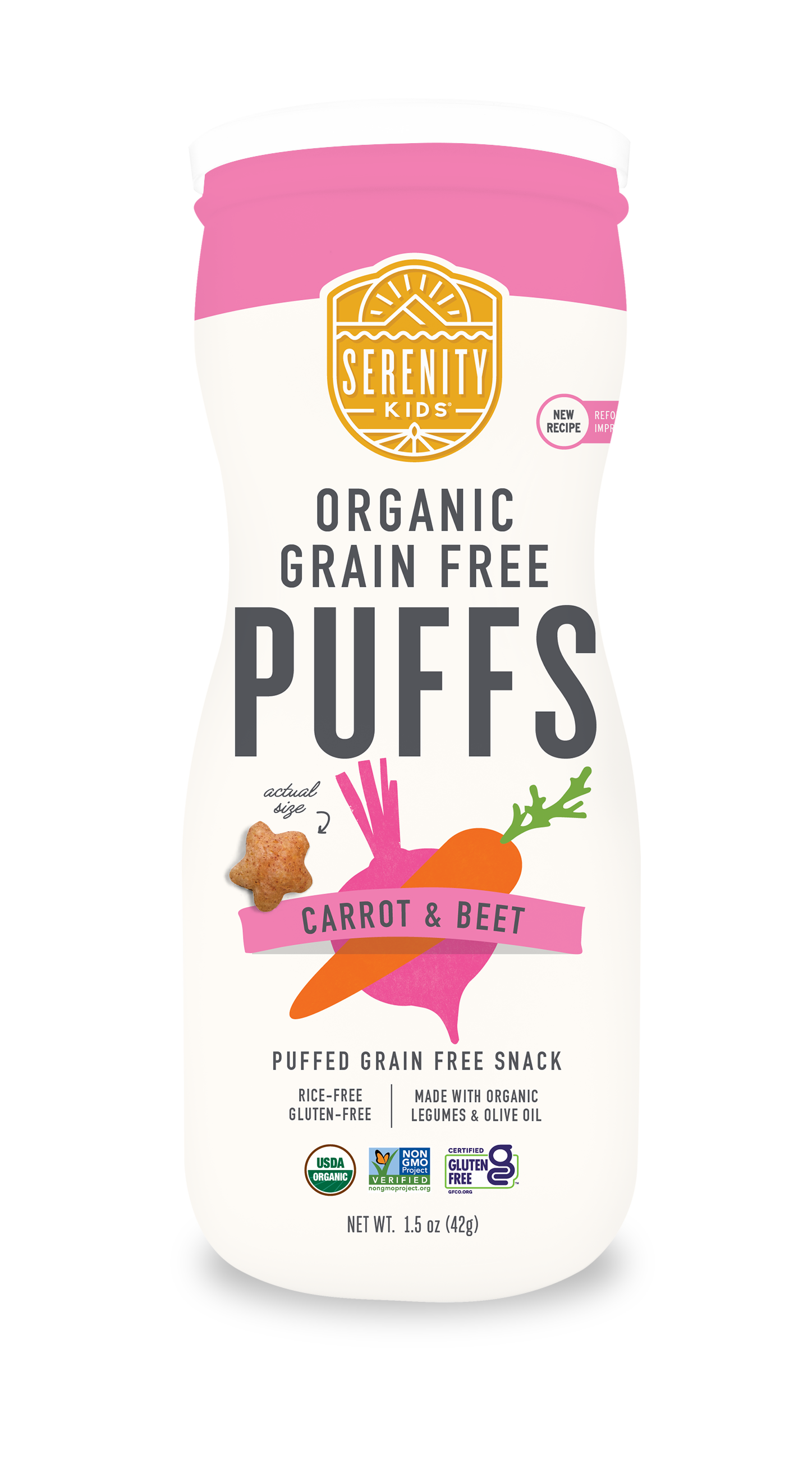Raising a Thriving Toddler
Once you make it past the first year, you've officially entered the toddler stage. Mealtimes may become more regular, but they may also become a bit more challenging. So we've created a sample 1-year-old feeding schedule to help support you on your journey.
It is intended as a roadmap to guide you, not a rigid rulebook. The most important thing is to offer a variety of healthy foods from all food groups, to help set the stage for lifelong healthy eating habits.
Understanding Your Toddler's Nutritional Needs
You may have noticed that some days your toddler is a bottomless pit, while other days they seem to survive on air and blueberries. These types of toddler eating habits are completely normal. There is no need to force food or limit food, just let them listen to their hunger and fullness cues.
And remember, quality matters. Whether your toddler has a huge appetite or a small appetite, focus on offering a variety of nutrient-dense foods from all food groups. Whole foods like meat, vegetables, nuts, and seeds contain key nutrients that toddlers need like iron, calcium, B vitamins, vitamin A, protein, and healthy fats.
Sample Schedule For Your Little Munchkin
Below is a sample feeding schedule for your toddler. It focuses on three meals and two to three snacks of nutritious foods. While we list three very complete meals, it is important to note that it is completely normal for your little one to have one smaller meal. For example, they may eat a larger breakfast and lunch and then not much for dinner.
Breakfast (7:00 AM)
Scrambled eggs with chopped veggies like spinach or bell peppers give your little one a protein-packed start.
You can offer breast milk, toddler formula, whole milk, or water as a beverage alongside breakfast. You could also whip up a quick and nutritious smoothie. It doesn't have to be complicated, you can simply mix spinach and berries with some nut butter or seeds and blend with water, milk, or Serenity Kids toddler formula.
For a quick but nutritious breakfast on the go, Serenity Kids has convenient smoothie pouches.

Morning Snack (10:00 AM)
Toddlers generally have two to three snacks each day to help maintain their energy. Their bellies are smaller than adults, so they can't always eat enough to stay full until their next meal, and snacks are essential for maintaining their energy throughout the day.
Offer sliced avocado wedges for healthy fats, or a fun combination of steamed veggies like sugar snap peas and carrot sticks with a dollop of hummus for dipping. Serenity Kids Grain Free Puffs also make for a convenient healthy snack.

Lunch (12:00 PM)
Aim for a balanced meal with protein, healthy fats, and vegetables. Try some shredded chicken thighs or flaked wild salmon alongside some steamed broccoli or roasted veggies. Dinner leftovers make a great lunch! If you want to mix up flavors and textures, take your leftover protein and veggies from dinner and mix them with cheese in a grain-free tortilla (we like Siete).

Afternoon Snack (3:00 PM)
A small afternoon snack helps prevent hunger (and hanger) before dinner. Aim to make it simple and satisfying so that it holds them over until dinner, but isn't so large that they want to skip dinner.
A good option is a serving of full-fat cottage cheese with mashed berries. Serenity Kids pouches are a quick and easy snack that requires no prep or cleanup.

Dinner (6:00 PM)
Dinner can generally look similar to lunch. Choose a protein like roasted shredded chicken or fish, or prep ahead with a grass fed beef roast in the crock pot. Pair your protein with a veggie like mashed cauliflower (an easy texture for your little one to manage).

Another option is grain-free pasta dish using lentil pasta with a low-sugar sauce. You can mix some pureed vegetables or cauliflower rice right into the sauce.
Bedtime Routine (7:00 PM)
If it works for your family, you can offer a pre bedtime snack. This sometimes helps when dinner is a bit earlier, or your little one tends to eat a lighter dinner. Some families feel that a bedtime snack helps their kids sleep longer without waking. Keep it simple but nutritious with a rolled up slice of turkey and a bit of breast milk or formula in a straw cup sippy cup.

Tips for a Successful Feeding Journey
Remember to keep in mind that feeding your little one should feel fun, not stressful. Here are a few things to keep in mind:
- Offer positive reinforcement and avoid pressure during mealtimes
- Let your toddler explore food with their hands and don't rush them or try to prevent them from making a mess
- Be patient and consistent with offering a variety of foods
- Keep an eye on milk consumption, as too much milk can make your toddler feel full and not want to eat solid foods
- Look for their fullness cues and trust what they naturally eat
- Remember that toddler appetites vary with growth spurts and other factors
Remember, It's a Journey, Not a Destination

Some days will be easier than others, but remember that your consistent efforts will help shape your child's healthy eating habits.
Conclusion
A balanced and varied diet is not only key to a toddler's healthy growth, but it is also important for developing a healthy relationship with food. We hope that you find this sample schedule helpful, but remember it is meant to be a guide, so always do what works best for your family.















































